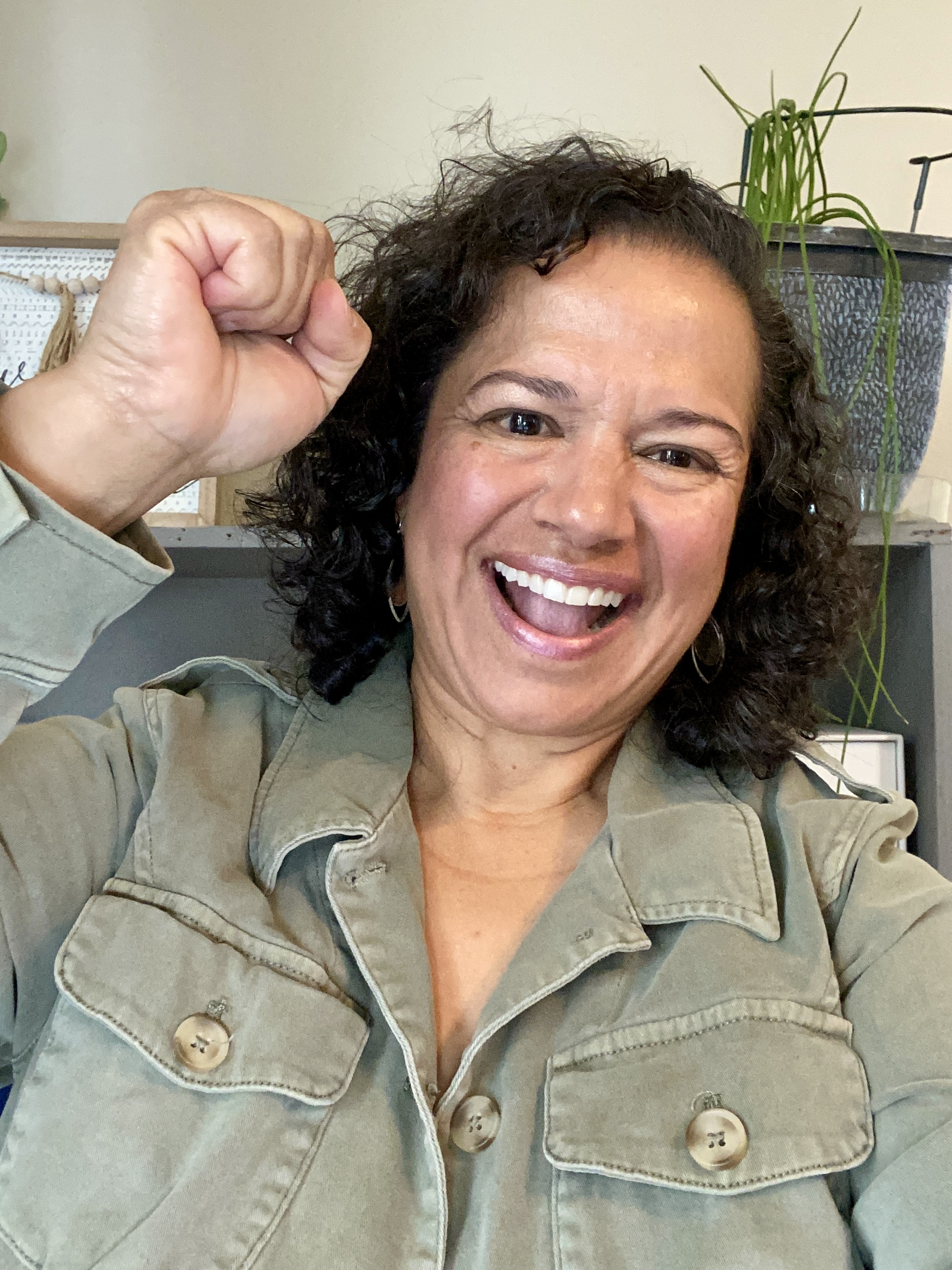Why Great Leaders Say No: How Boundaries Create Better Teams, Stronger Vision, and Sustainable Success
By Jessica S. Andrews
Why Saying Yes Is Ruining Your Leadership
If you’re constantly saying yes to every request, project, and “urgent” fire drill you’re not being effective. You’re being exhausted.
In today’s fast-paced work culture, many leaders fall into the trap of believing that being endlessly available means being valuable. But here’s the truth:
Every yes is a tradeoff.
And without strong leadership boundaries, you risk sacrificing the very things you were hired to protect: your team, your energy, and your strategic vision.
My Leadership Wake-Up Call: When “Yes” Became My Kryptonite
Three years ago, I was the “Yes Woman.” If something needed doing, I raised my hand. If a deadline moved, I bent time to meet it. I thought I was being helpful essential, even.
In reality?
I was scattered, sleep-deprived, and sprinting toward burnout.
Deadlines were slipping. My team was confused. I was working 70-hour weeks just to stay afloat.
That’s when I learned the leadership skill no one talks about enough:
Your ability to say no determines your ability to lead well.
The Leadership Cost of Saying Yes to Everything
1. You confuse your team
When everything is “top priority,” nothing truly gets done.
2. You sacrifice quality
You can’t give your A-game to ten things at once. And your team can’t either.
3. You become reactive instead of strategic
Constant yes-ing creates a culture of fire drills, not focus.
This is where burnout starts not just for you, but for your entire team.
Why Leaders Struggle to Set Boundaries
Let’s name the fear behind the constant yes:
You don’t want to let people down
You want to be seen as a team player
You mistake busy for productive
You think pushing back makes you difficult
But here’s what actually happens:
When you say yes to too much, you become the bottleneck.
Your team can't rely on you for clear direction, because you’re too busy being pulled in every direction.
Strategic Leadership Requires Strategic Nos

The most effective leaders don’t do it all, they know what not to do.
They’ve mastered the Strategic No:
No to tasks that don’t move the needle
No to distractions disguised as opportunities
No to meetings without purpose
No to timelines that compromise quality
Think of your “no” as a gatekeeper. Not to shut people out, but to protect what matters most.
How to Say No Without Damaging Relationships
You don’t need to be rigid or rude to set clear boundaries at work. Try these simple, respectful leadership scripts:
“The Timeline Tweak”
“I can’t give this proper attention this week. Let’s schedule it for next Tuesday when I can do it justice.”
“The Quality Play”
“We could push to hit the six-week deadline, or we take an extra two weeks and make this really shine. What do you prefer?”
“The Capacity Check”
“I’m at full bandwidth this month being upfront now will help us avoid delays later.”
“The No, But…”
“I can’t take this on right now, but I can connect you with Sarah, she’s a great fit.”
Boundaries aren’t about saying no to people, they’re about saying yes to doing your job well.
My 4-Step Filter for Saying Yes at Work
Here’s the decision framework I now use before committing to anything new:
Does this align with our current goals?
Can we execute it well with our current resources?
What will we have to sacrifice to say yes to this?
Is this truly urgent or just loud?
This filter has saved me (and my team) hours of stress, rushed work, and unnecessary fire drills.
Setting Boundaries With Your Team (The Hardest Nos)
Saying no isn’t just for external requests. Often, the hardest conversations are with your own team.
But if you want to build a culture of clarity, focus, and trust you have to model what boundaries look like.
Protect their focus
“Let’s finish what’s on our plate before we jump to the next thing.”
Guard their calendars
“This meeting isn’t essential. Let’s skip it and give you that hour back.”
Preserve your standards
“Let’s take an extra few days and deliver something we’re proud of.”
The Results of Saying No More Often

When you start saying no with intention, everything shifts.
Your team stops spinning in confusion and starts aligning around what actually matters. The quality of your work improves because you’re no longer stretched too thin to do anything well. People begin to trust you more, not less, because your decisions become consistent, focused, and grounded in strategy, not reactivity.
You stop living in survival mode.
You reclaim space for clarity, creativity, and calm.
And most importantly, you show up differently. Not just as a helpful leader, but as an impactful one. The kind people actually want to follow not because you say yes to everything, but because you know what’s truly worth your time.
You Have Permission to Disappoint (Sometimes)
Leadership isn’t about saying yes to everything.
It’s about knowing what deserves your full energy and having the courage to protect it.
So here’s your permission slip:
You can be a strong, respected, high-impact leader without being constantly available.
Saying no isn’t selfish, it’s smart.
Final Thought: What Do You Need to Say No To?
Look at your week. Your calendar. Your priorities.
Where’s the yes that’s costing you more than it’s worth?
What’s one thing you could say no to right now that would give you (and your team) more time, more clarity, more breathing room?
Start there.
Start small.
But start.